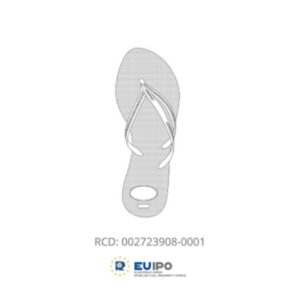The Agreement on Trade-Related Aspects of Intellectual Property Rights (TRIPS) includes protection for geographical indications. Section 3(1)(c)/ Article 7 (1)(c) CTMR (Community Trade Mark Regulation) excludes from registration marks consisting exclusively of signs and indications which may serve, in trade, to designate the: kind; quality; quantity; intended purpose; value; geographical origin; the time of production of the goods or of the rendering of the service; or other characteristics of the goods or services.
Several issues have come to fruition when deciding whether it is acceptable to use a geographical name as a, or part of a, trade mark. Section 3(1)(c) of the Trade Mark Act 1994, has a protective purpose stating that marks consisting exclusively of signs or designations which serve to indicate geographical origin should not be registered. This is to prevent protection of overly descriptive or generic marks.
This issue came before the European Court of Justice in the case of Windsurfing Chiemsee Produktions-und Vertriebs GmbH v Boots- und Segelzubehor Walter Huber (C-108/97) which led the clarification of the legal position regarding the registration of geographical names.
It was held that the purpose of Article 3 (1)(C) of Council Directive 89/140 was to ensure that geographical place names remained available and free for all to use because positive association between a place name and a mark may potentially influence a consumer. This Article therefore excludes registration of geographical names which identify places currently associated with a particular good but also prevents registration where the names were likely to be used by companies in the future as an indication of geographical origin.
There are, however, two exceptions to this general rule. The first is where a geographical name through use has become associated with a particular product and has therefore acquired a ‘distinctive character’. In such circumstance it is sufficient, under Article 3(3) of the Directive, to register a geographical name, where that character serves to identify goods emanating exclusively from a particular company.
The second exception is where there is no association between the trademark and the geographical name. In order to satisfy the requirement that no association between the mark and name can exist, it is enough if in the mind of the average consumer no association exists. If either of the above exceptions are met then the applicant can proceed to registration.
It should be noted though that if an application is considered to be reasonable that the authorities (Intellectual Property Office/ OHIM) will take account of: the extent of familiarity with the name among the appropriate class of persons; characteristics of the place identified by the name; and the nature of the goods.
Article by Rachel Pellatt / Southampton Solent Law Student











